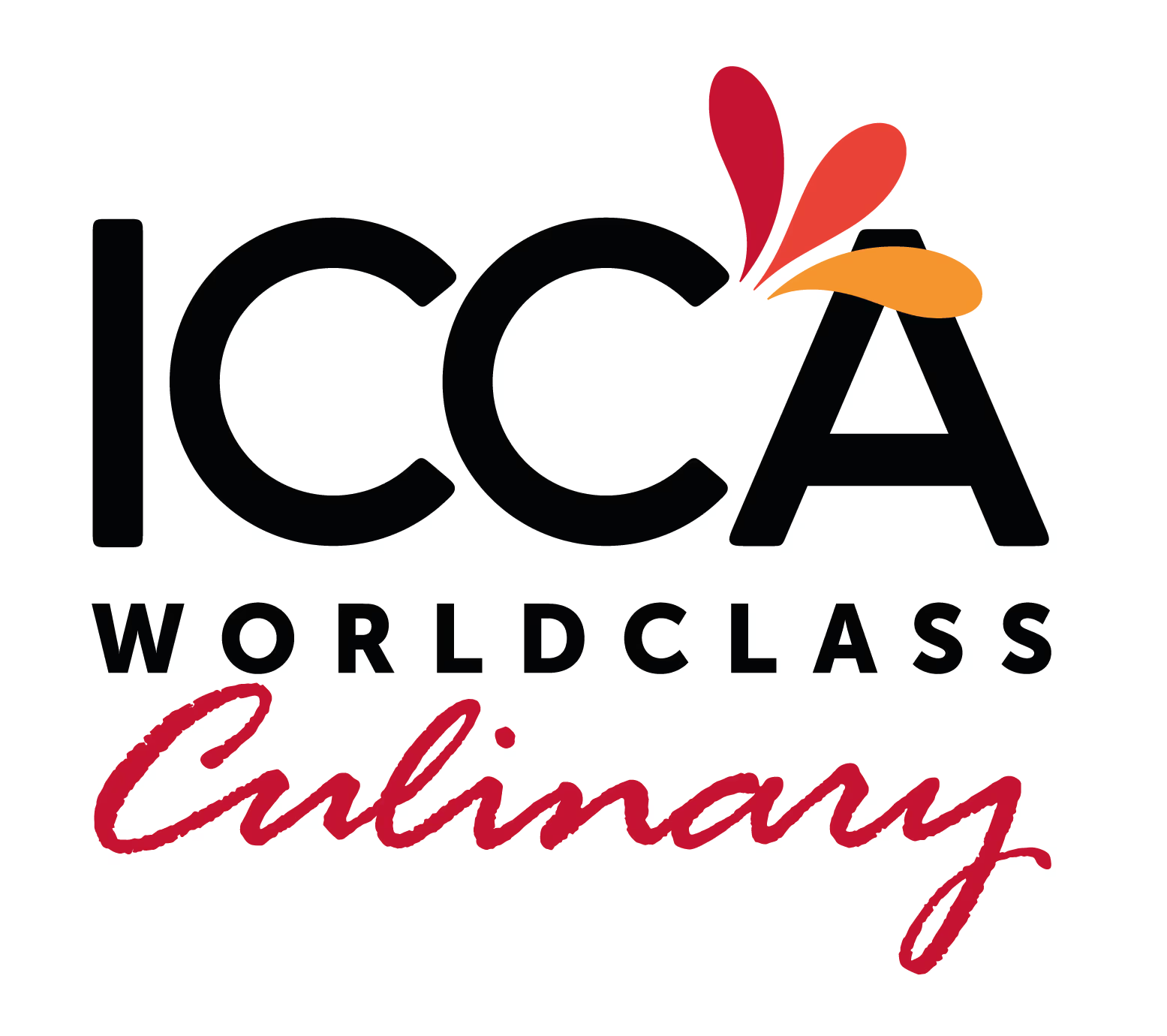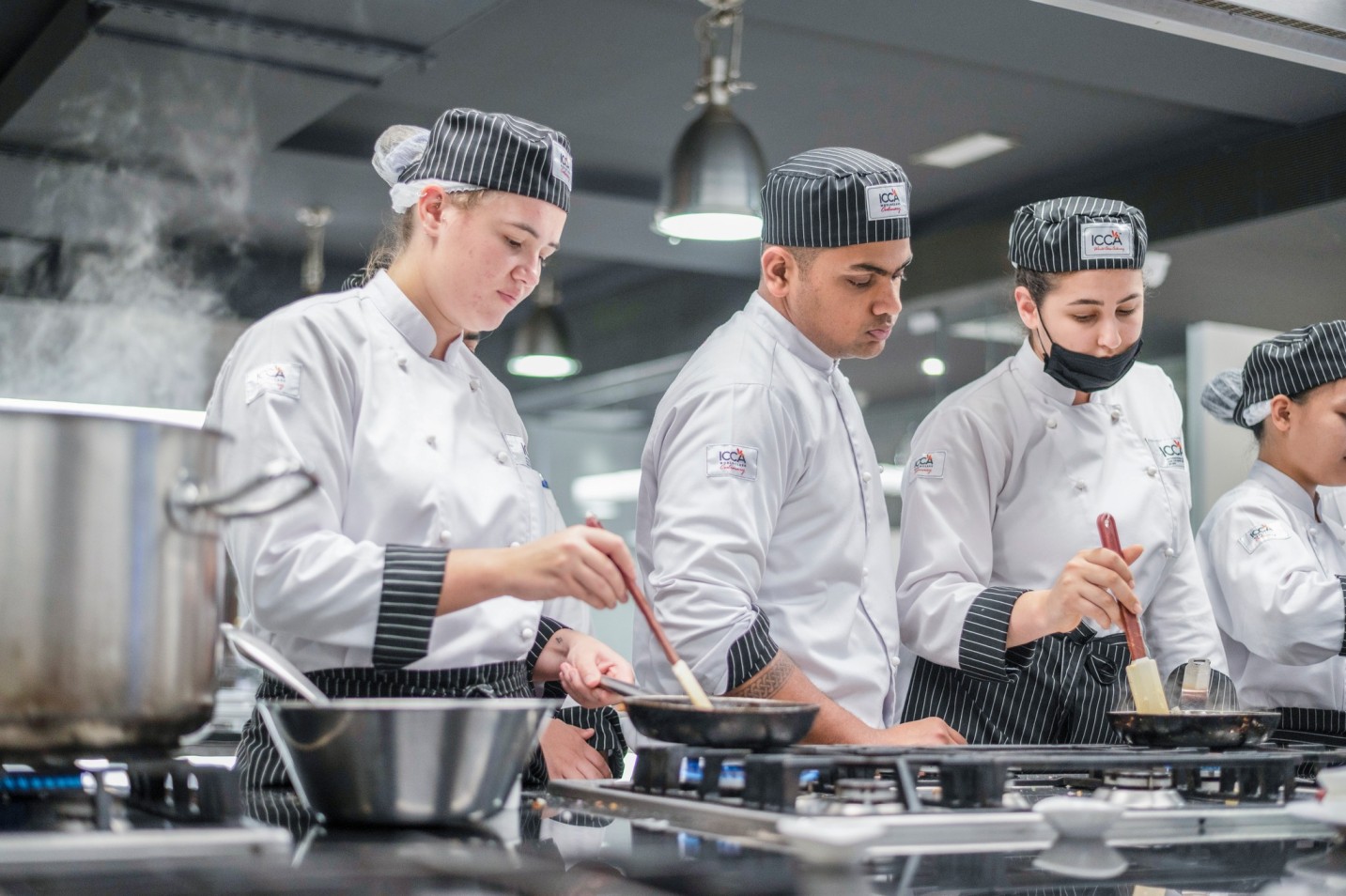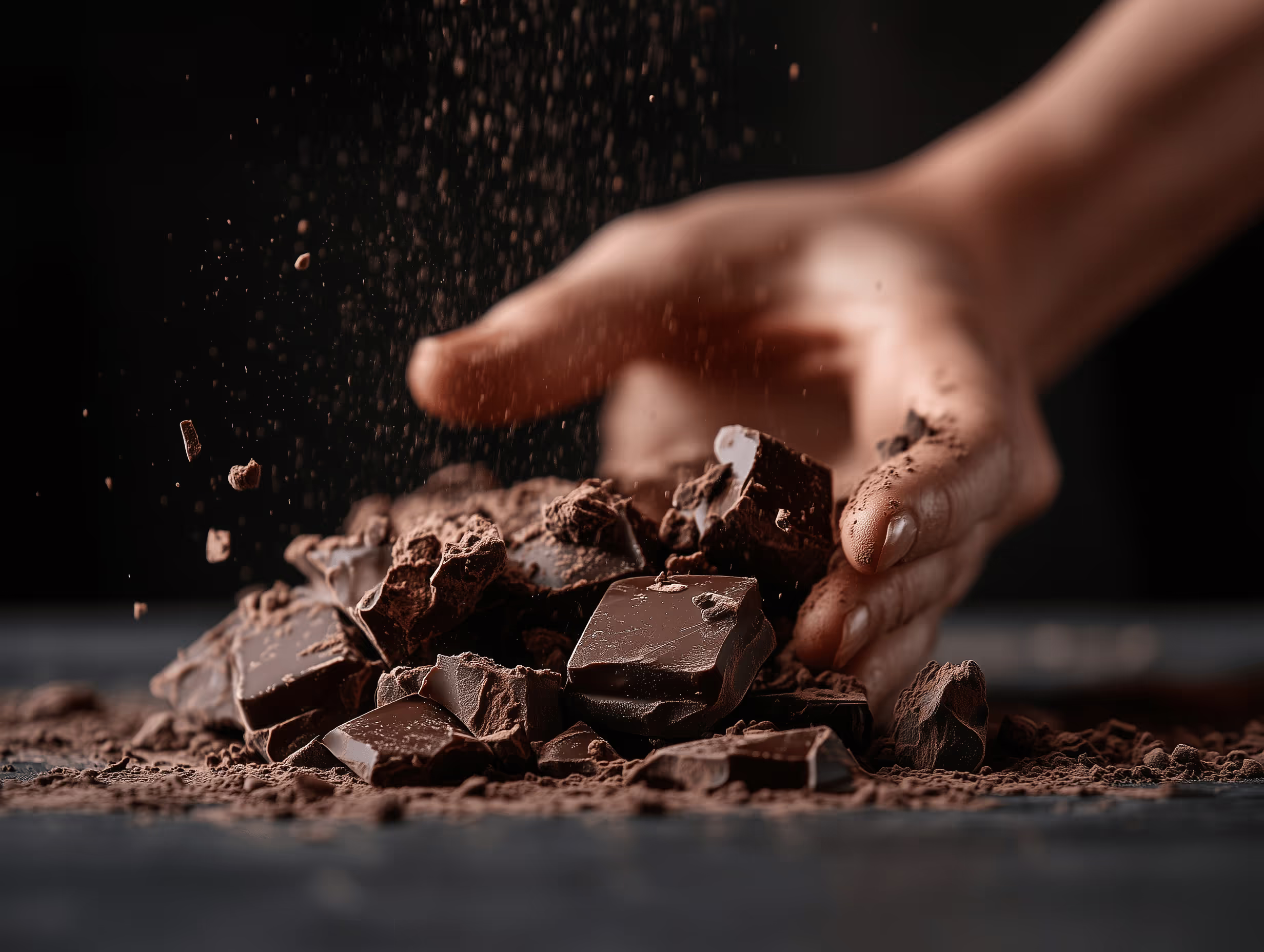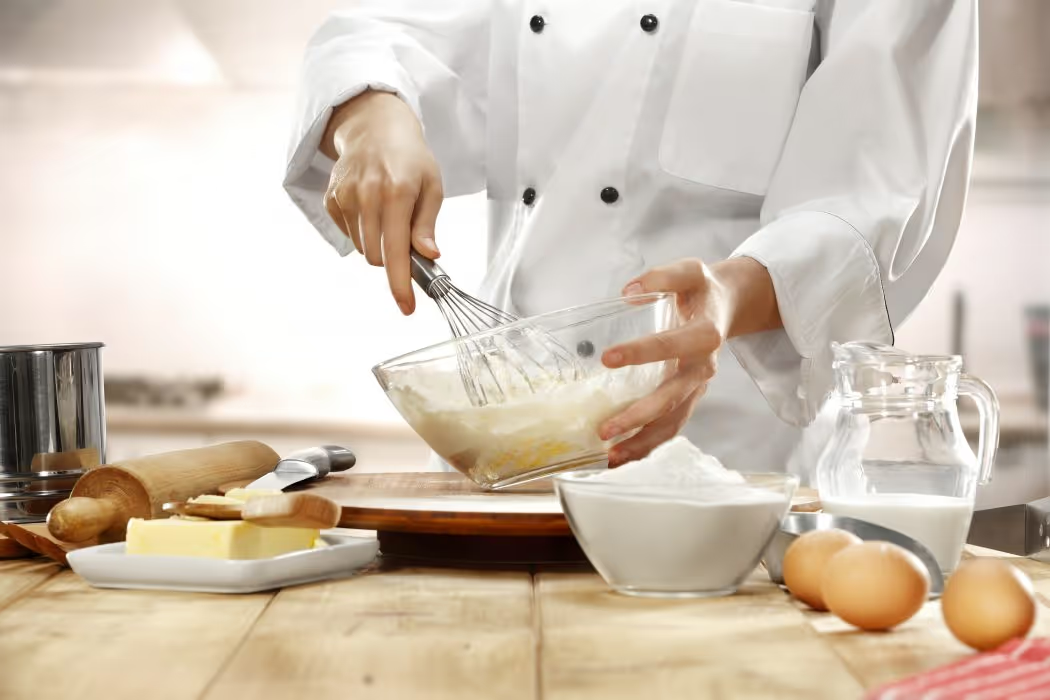French cuisine has long been celebrated as one of the most refined and influential culinary traditions in the world. With its emphasis on precision, artistry, and respect for ingredients, it has shaped the way professional chefs and home cooks alike approach food. From Michelin-starred kitchens in Paris to culinary schools across the globe, French cooking techniques remain the gold standard for mastering the art of cuisine.
Basic Techniques in French Cooking
Knife Skills: Chopping, Dicing, and Mincing
Every French chef begins with knife mastery. Precision chopping and dicing not only ensure even cooking but also enhance presentation — an essential part of French cuisine. Developing these skills allows you to prepare mise en place efficiently, the French practice of organizing all ingredients before cooking.
Sautéing
Sautéing, meaning “to jump” in French, is one of the most widely used French cooking methods. Food is cooked quickly in a small amount of fat over medium to high heat. The key is to keep ingredients moving in the pan, locking in flavor while maintaining texture. Clarified butter and olive oil are commonly used, both adding depth and richness to vegetables, meats, and seafood.
Braising
Braising is ideal for tougher cuts of meat and hearty vegetables. The process begins with searing the food at high heat before slow-cooking it in a liquid. Dishes such as coq au vin and boeuf bourguignon highlight the technique’s ability to transform simple ingredients into luxurious, deeply flavored meals.
Poaching
Poaching requires subtlety, with food gently simmered in water, broth, or wine. Maintaining a consistent, low temperature ensures tenderness. Classic poached dishes include fish, eggs, and fruits — each benefiting from the delicate balance of heat and flavor infusion.
Advanced French Cooking Techniques
Sous-vide
Once considered cutting-edge, sous-vide has become a staple of advanced French technique. Food is vacuum-sealed and cooked in temperature-controlled water, ensuring precise doneness while preserving moisture and flavor.
Flambéing
A dramatic technique where alcohol is ignited in a pan, flambéing enhances both flavor and presentation. It’s often used in desserts like Crêpes Suzette and in savory dishes to impart a subtle, smoky complexity. Safety is crucial: always ignite away from overhead cabinets and with proper ventilation.
En Papillote
This elegant method involves steaming food in parchment paper. Fish, chicken, or vegetables are sealed with herbs, butter, and wine before baking. When opened at the table, the aromatic steam makes for an unforgettable dining experience.
Sauces: The Backbone of French Cuisine

In French cooking, sauces are considered the soul of a dish, transforming simple ingredients into something elegant and memorable. Auguste Escoffier, the legendary chef, codified the five mother sauces, each serving as the foundation for countless variations in French cuisine and beyond.
The first is Béchamel, a creamy milk-based sauce thickened with a butter-and-flour roux. Its smooth texture makes it perfect for gratins and lasagna. Next is Velouté, which uses white stock instead of milk, creating a lighter sauce often paired with poultry or seafood. Espagnole, or brown sauce, is richer, made with brown stock, tomato paste, and a dark roux, forming the base for demi-glace. Hollandaise, a delicate emulsion of egg yolks, lemon juice, and butter, requires careful whisking over gentle heat and is traditionally served with vegetables or eggs Benedict. Finally, Tomato Sauce, slow-simmered with herbs and aromatics, is both rustic and versatile, forming the backbone of many Mediterranean-inspired dishes.
Once these foundations are mastered, they can be adapted into countless variations. For instance, béchamel becomes Mornay with the addition of cheese, velouté transforms into a mushroom sauce with added cream and fungi, and espagnole evolves into Bordelaise when enriched with red wine and shallots. Modern chefs continue to reinterpret these classics, often lightening textures or infusing global flavors while still honoring French tradition.
Mastering the mother sauces is not just about technique — it’s about learning to balance richness, acidity, and depth, the very essence of French cooking techniques.
French Pastry Techniques
French pastry is a true art form, demanding precision, patience, and attention to detail. Among the many skills in French patisserie, three stand out as iconic: pâte à choux, mille-feuille, and the delicate macaron.
Pâte à Choux is the foundation for beloved pastries such as éclairs, profiteroles, and cream puffs. This unique dough is cooked twice — first on the stovetop, then in the oven — allowing it to puff up and create a hollow interior ready to be filled with cream or custard. The secret to perfect choux lies in incorporating just the right amount of eggs for a smooth, glossy dough and ensuring the oven remains closed during baking to prevent collapse.
Mille-feuille, often called Napoleon, is another masterpiece. It layers crisp, flaky sheets of puff pastry with pastry cream, resulting in a dessert that’s as elegant as it is indulgent. The challenge lies in baking the pastry evenly, keeping it golden without burning, and assembling the layers neatly so that each slice reveals the striking contrast of textures.
Finally, there’s the macaron, perhaps the most finicky of French pastries. Achieving smooth shells with ruffled “feet” requires precision in whipping egg whites, folding almond flour correctly, and monitoring oven temperature. Cracked shells or hollow centers are common hurdles, but with practice, these can be mastered.
Cheese in French Cooking

Cheese is one of France’s most treasured ingredients, with over a thousand varieties reflecting regional character and tradition. In French cooking, it goes beyond garnish, shaping both flavor and texture in iconic dishes. Soft cheeses like Brie and Camembert melt into creamy sauces, while Roquefort brings sharpness to salads and dressings. Hard cheeses such as Comté and Gruyère add nutty depth to gratins, soufflés, and French onion soup. Pairing cheese is equally important — lighter varieties with seafood or vegetables, stronger ones with meats and robust wines. From quiche to croque-monsieur, cheese embodies the artistry of French gastronomy.
Wine and Cooking

In France, wine is not just a beverage but a cornerstone of cooking. The right wine can elevate a dish, adding depth and richness that stock or water cannot match. White wines like Chardonnay or Sauvignon Blanc pair beautifully with seafood and poultry, while robust reds such as Burgundy or Bordeaux enhance hearty stews like boeuf bourguignon. One key use is reduction, where simmering concentrates flavor for sauces. Another is marinating, which tenderizes meat and infuses it with aromatics. Whether for deglazing, stewing, or saucing, wine reflects the terroir of France in every bite.
Region-Specific Techniques and Dishes
France’s culinary identity is deeply tied to its diverse regions, each offering a distinct style shaped by geography and tradition. In Normandy, the proximity to the sea makes seafood central to its cuisine, with dishes like sole Normande that highlight fresh fish paired with the region’s famous cream and apples.
Moving south to Provence, Mediterranean influences shine through in herb-forward recipes, olive oil–based cooking, and colorful vegetable dishes such as ratatouille. The cuisine here is lighter, aromatic, and deeply connected to the sun-soaked landscape.
In contrast, Burgundy is known for rich, hearty meals that showcase slow cooking and the region’s celebrated wines. Iconic dishes like boeuf bourguignon and coq au vin are perfect examples, where braising techniques transform simple ingredients into luxurious feasts. Together, these regional traditions highlight the variety within French cuisine, showing how local flavors and techniques create a culinary map of France itself.
Modern French Cooking
French cuisine has always respected tradition, yet modern French cooking shows how adaptable and innovative it can be. Today’s chefs draw inspiration from global cuisines, blending Asian spices, Middle Eastern techniques, and even plant-based approaches into classic French dishes. At contemporary French restaurants, you’ll often find lighter, healthier interpretations of traditional meals, with a strong emphasis on seasonal and locally sourced ingredients. Minimalist plating, sustainable practices, and fusion menus are now defining trends. While the methods remain rooted in time-honored French technique, modern French cooking reflects a dynamic, evolving cuisine that celebrates both heritage and innovation.
Practical Applications
You don’t need a professional kitchen to practice French cooking — your home can be the perfect place to start. Focus on one technique at a time, like sautéing or poaching, and prepare your ingredients in advance using mise en place. This habit of organization is at the heart of French cuisine and helps you cook with ease. Essential tools include a sharp chef’s knife, a heavy-bottomed pan for even heat, a whisk for sauces, and a Dutch oven for braising. With the right tools and steady practice, you’ll gradually master the basics of French cooking.
The Philosophy Behind French Cooking
At its core, French cuisine celebrates simplicity and respect for ingredients. Freshness and locality are key, with each dish designed to highlight natural flavors rather than overpower them. This philosophy explains why even the most complex recipes begin with the basics of French cooking: knife skills, sauces, and time-honored techniques.
Mastering French cooking techniques opens the door to a world of culinary creativity. From the precision of knife skills to the elegance of sauces and pastries, French cuisine teaches us the art of balance, patience, and flavor. Whether you’re recreating a rustic regional dish or experimenting with modern twists, these techniques connect you to a rich culinary heritage admired worldwide.
Ready to elevate your skills? Enroll in ICCA Dubai’s professional culinary courses and experience world-class training in French and global cuisines. Whether you’re an aspiring chef or a passionate home cook, ICCA Dubai gives you the foundation to master French technique and beyond.






